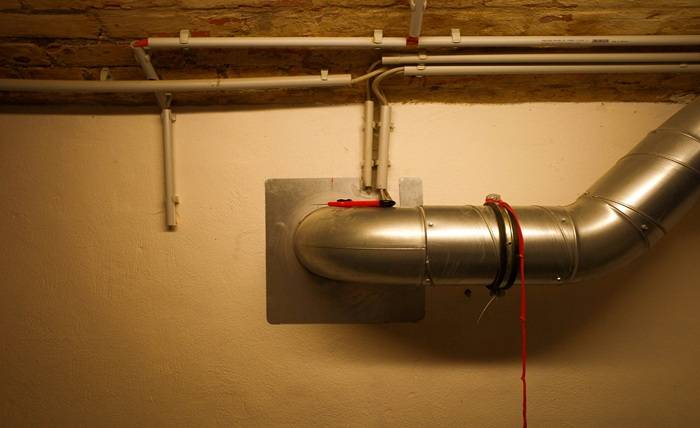Home heating systems can account for nearly half of a household’s energy use. So, when it comes to achieving even modest efficiency gains, the payoff can be substantial, both environmentally and financially. One smart way to reduce heating system energy use and still keep the home comfortable is to install a smart thermostat. These devices adjust heating patterns in response to human presence, daily routines, and local weather patterns.
Moving to a smart thermostat offers more than just saving money. It allows for remote control, has an adaptive-learning feature, and gives real-time insights into how your heating and cooling system is running. These features combine to make your home even more efficient, customized and controllable. In this regard, a smart thermostat is a worthy heating services upgrade.
Intelligent Scheduling and Automatic Adaptation
The rhythms and routines of a household are automatically learned by smart thermostats, which then adjust the heating to provide warmth when needed and ensure that the savings are accumulated when the house is empty. These smart systems do the human part of creating and refining a schedule, which decreases error and ups the optimization of energy use.
Remote Control and Geofencing for Enhanced Convenience
Smart thermostats allow temperature control from smartphones, tablets, or computers, once they’re installed. No adjusting in person is necessary. Unlike traditional programmable models, which require constant manual input and are often bypassed, these smart systems handle schedule creation and refinement autonomously, reducing human error and optimizing energy use.
Insights, Reporting, and System Awareness
Basic thermostat controls are taken to a new level with smart thermostats and the control they allow to residents. By logging and analyzing usage statistics, heating patterns, and performance diagnostics, these insights empower homeowners to make data-driven decisions around temperature settings, timing, and long-term energy goals.
Alerts for heating services like filter replacement, maintenance needs, or unusual patterns support proactive system care.
Comfort, Equipment Longevity, and Integration
Smart thermostats ensure that heating systems do not cycle on and off unnecessarily, which could shorten the lifespan of HVAC components. They also make temperature control more pleasant and efficient in other ways. By smoothing out temperature fluctuations and avoiding abrupt on/off transitions, the system runs more smoothly and quietly.
Additionally, compatibility with smart-home platforms and voice assistants allows seamless integration into broader automation ecosystems, enabling centralized control across lighting, security, and climate.
Local Heating Services Providers Can Offer More Information, as well as Sales and Instillation
Upgrading a home heating system to a smart thermostat is a transformative step in the realm of residential HVAC. These thermostats provide much more than just the convenience of a remote control; they learn the patterns and preferences of the occupants and adjust operation accordingly. This not only saves energy but also makes the home a more comfortable place to be.
As smart-home ecosystems become more prevalent, these thermostats serve as both a practical entry point and a foundational component. The result is a comfortable, efficient, and future-ready home, all through the power of smarter heating control.

